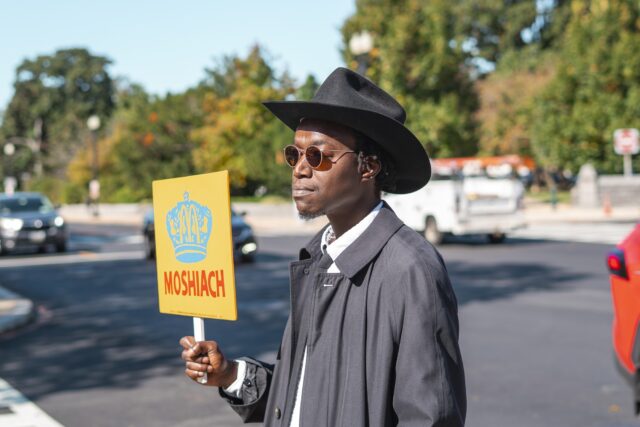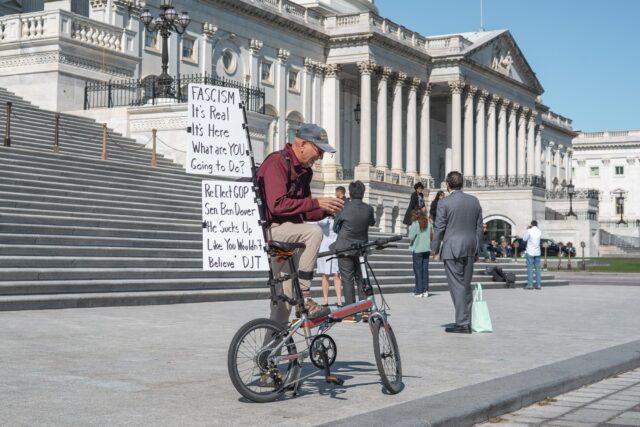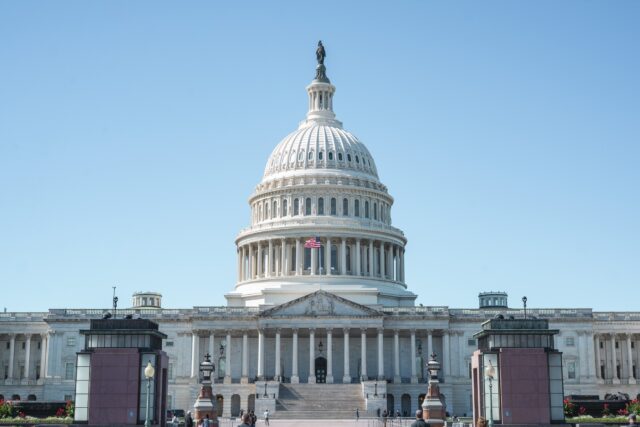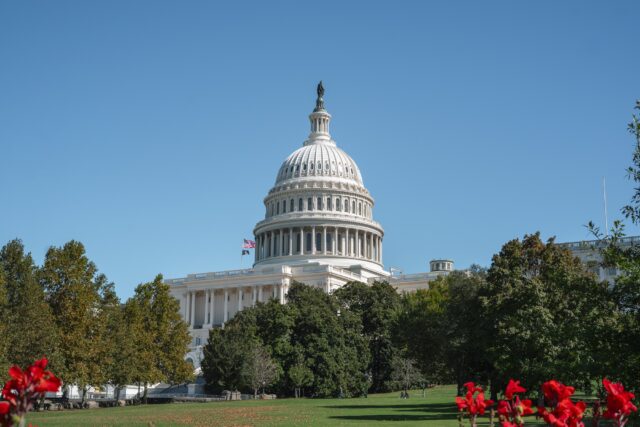By Hannah Webb | Focus Editor, Jacob Stowers | Broadcast Reporter
WASHINGTON, D.C. — The nation’s capital feels half-awake. The marble monuments still gleam under the fall sun, but the museums that give them voice stand dark and locked. Tourists wander quiet streets where government offices sit empty — a city paused by a shutdown now stretching into its third week.
LTVN’s Jacob Stowers brings the news from the nation’s capital
The ongoing lapse in federal funding has forced hundreds of thousands of government employees into furlough, and the Trump administration announced that 4,108 employees have been fired as a result.
The shutdown also shuttered many of the capital’s most popular destinations, including the Smithsonian museums and the National Gallery of Art. Visitors from across the country are being met with barricaded doors and signs reading some version of “closed due to the government shutdown.”

“I was really looking forward to checking out the Smithsonians,” visitor Lucy Hallmark said. “I was really disappointed not to be able to.”
The government shutdown, now the third-longest in U.S. history, began earlier this month after Congress failed to pass a spending bill. With lawmakers deadlocked over funding priorities, the closure has rippled far beyond Capitol Hill.
“There were things that we wanted to do for sure that we haven’t been able to,” Hallmark said.
Some visitors said the shutdown has made the city feel unusually calm.

“Walking around D.C., I don’t think that it was as crowded as it normally would be,” visitor Ivy Rose Ball said. “We were able to walk around a lot of the monuments easier than we might have had the government not shut down.”
Even so, the quiet streets and shuttered museums reflect broader consequences. Restaurants near the National Mall have reported a decline in customers, and local businesses that rely on weekday government traffic are experiencing a drop in sales.
“From a tourism perspective, it’s disappointing and confusing above all else,” visitor Eli Casey said. “I have people in D.C. who are impacted by it in their daily lives. It just shuts down half the city, and that’s really frustrating and requires a lot of adaptation.”
Casey described the shutdown as a “nuisance” for the workers and residents.

“That’s how I’ve heard it described by people because it just shuts down, you know, half of the city,” Casey said.
What might be a nuisance for local workers is also expanding far beyond the two-mile constraint of Capitol Hill.
Federal contractors have lost income, national parks are operating with reduced staff, if at all, and transportation security officers continue to work without pay.
The record for the longest government shutdown — 34 days — was set in 2018 during President Donald Trump’s previous administration. The current stalemate is on pace to become another historical entry in a growing list of political standstills.

Negotiations remain gridlocked, with party leaders blaming each other for the lapse in funding. Without a budget resolution, most nonessential operations remain closed, and federal workers are left waiting for news of when they might return to work.
In a city built on movement — of laws, people and ideas — the stillness feels foreign. The Capitol dome still glows each evening, but the offices beneath it are quiet. Tourists continue snapping photos of the national monuments while the government waits to resume.


